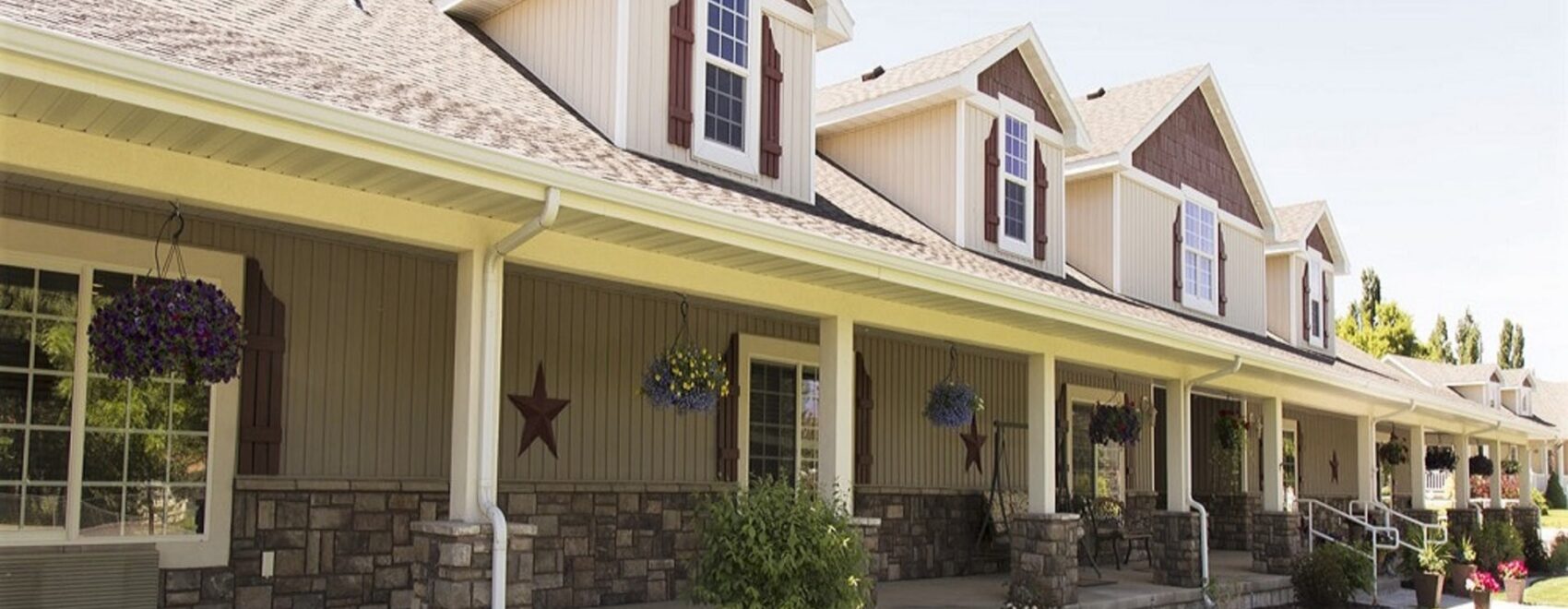Whether for a temporary period of time, or as a permanent move, sometimes it isn’t possible to live independently in one’s own home. While these facilities might be useful to younger people who have temporary needs while recovering from some health situation, this article will focus on the situation of seniors who are making the move from their own home to another facility.
There are three main levels of care that residents might have available to them. From least to most assistance, they are Independent Living, Assisted Living and Memory Care Living. There is also nursing care, but this article won’t address that health situation.
Key Differences Between Levels Of Care
Independent Living
This level of care is often called retirement living. While it might sometimes overlap with Assisted Living, Independent Living usually means that the resident is self-sufficient and doesn’t need any hands on care. One example of this level is an age restricted 55+ apartment complex. These often with organized activities, meal services, and transportation assistance.
There are a number of benefits of Independent Living over living alone. They often offer community involvement, a continuing sense of self, different amenity options such as maintenance free living, gardening, yoga, and dancing. Independent Living facilities will offer basic services like meal plans, laundry, housekeeping and transportation
Who Can Benefit From An Independent Living Option
The type of person who can benefit from moving to Independent Living would be someone who:
- has the physical and mental capacity to live independently
- doesn’t want to worry about home repairs/upkeep or lawn care
- wants to meet people their own age
- wants easy access to services and activities geared toward seniors
According to Genworth’s survey from 2020, the median cost in the United States was $2,491. That is to say that this is around the most common fee charged per month.
Assisted Living
Assisted Living is a good option for seniors who need help with some daily tasks and want a socially fulfilling and an active lifestyle. It is apartment-style living and some apartments will have mini-kitchens in them. This option is for people who need to get help with cleaning, laundry, and those activities of daily living such as bathing, dressing, toileting, grooming and medication management.
People living in this option will have restaurant-style dining, happy hours, and other activities. These can include day trips off-site and transportation to doctor appointments and shopping
Who Can Benefit From An Assisted Living Option
When looking at an Assisted Living level of care, this will be a person who:
- needs minor nursing assistance but doesn’t require 24-hour care
- is looking for senior social activities and new friendships
- needs help with daily activities such as getting a shower or getting dressed
- are in good health but know they’ll need more help soon
- prefers an active life but don’t have access to transportation
The median cost in the United States for this level of care was $4300 per month in 2020.
Memory Care
Memory Care is for residents with moderate to severe dementia. Residents live in
secured units. They provide specialized and comprehensive daily activities. In these facilities there will be licensed nurse oversight and a trained staff in dementia care. These areas will have individualized care for the types of behaviors by this population and the sometime habit of wandering away. It will have care that evolves as residents needs increase. And it will have opportunities for engagement and more activity since these residents need more stimulation.
Who Can Benefit From A Memory Care Option
A memory care unit is a good fit for a resident who
- has a habit of wandering off, and needs a secured environment that limits their movement to the memory care portion of the facility
- has moderate to severe dementia
- needs the frequent hands-on care to support their unique needs
- has dementia-related behaviors such as aggressiveness, passiveness or is living in an alternate reality
- needs help with their dressing, toileting, medications, and other needs most people do independently
The median cost for this level of care was around $9,500 a month in the US in 2020.
As you can see, when it comes to living in a facility that can provide services for seniors, it is not one size fits all. Each resident comes with different levels of assistance need, and so there are different levels of care to support each of these assistance levels.
Michelle Hood is the Community Relations Director at Dover Place Assisted Living and has worked with care facilities for many years. She can be reached at 302-257-6094 or mhood@enivant.com

